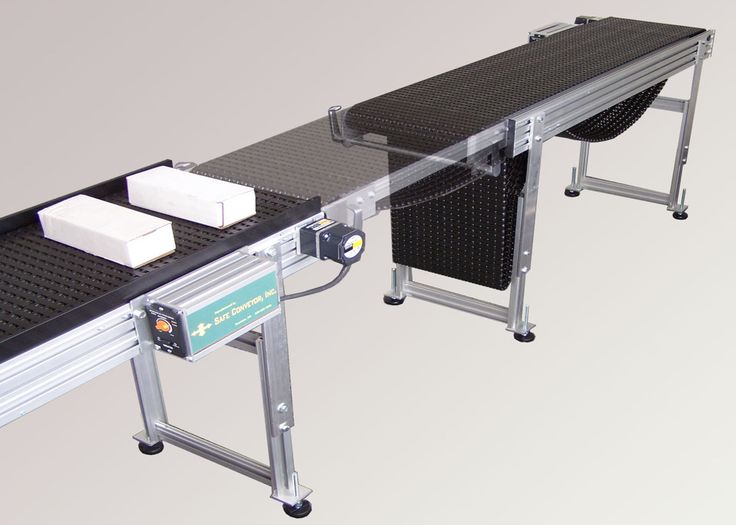The traditional method of material handling became obsolete during the industrial revolution. These traditional “by hand” methods got replaced by faster, more efficient alternatives. The conveyor belt was chief among these new methods. The steel industry was especially quick to adopt the modern methods. Speed and efficiency were imperative to success in material manufacturing. Conveyor belts are an important part of the mining, smelting, and transportation industries for steel.

Belt conveyors consist of two or more pulleys, with a belt that connects them and allows materials to move from one end to the other. There is usually a powered pulley (the driver) and an unpowered pulley (the idler). As stated before, these systems allow for much faster handling of materials. But they also contribute to a far lower labor cost.
The belts used in the machines fall into two categories: Rubber belts and metal belts. Rubber belts are generally used in non-industrial settings, for example, sushi restaurants. Steel belts are most often used in materials handling, manufacturing, or warehousing. Their construction is more complicated than one material, but we’ll look at that later. They are also used in baggage handling, but our main concern is steel and material handling.
The conveyor belt was first designed for materials handling. A series of inventions, started by Thomas Robins, gave us the iconic design. But it was the Swedish company Sandvik that gave us the first steel conveyor belt.
When you see a conveyor belt, it is most likely that you are looking at one which contains three layers of material. Belts usually consist of three parts. There is the top cover, the carcass, and the bottom cover. The carcass gives the belt its shape and is usually constructed of metal fabric. The most common metal for the carcass is steel. The purpose of both the top and bottom cover is obvious. They act as covers to the more important working component of the belt.
There are many variants of belt conveyor systems used in the steel industry. The most common are horizontal conveyor belts, but there are also elevating and lowering belts, belt bends, pivoting conveyor belts, swan neck conveyor belts, and metering conveyor belts. The aforementioned variants all help to increase speed and efficiency to a high degree in the steel industry.
Conveyor belts are tremendously important to the steel industry, and any other materials industry. The speed and efficiency that they provide are unmatched. Without conveyor belts and the steel that is more efficiently put out by them, we’d all have a much lower quality of life. The variants and innovations made to the system are equally important. Pivoting belts, and especially elevating/lowerating belts both increase efficiency astronomically. The steel industry would be nowhere without the conveyor belt. It is a true staple of the industry.
